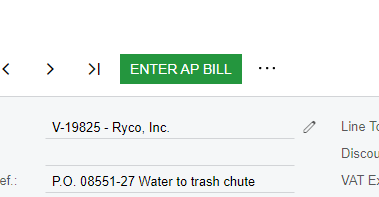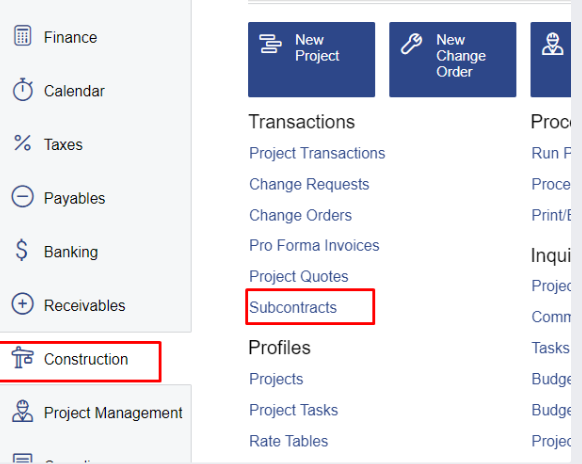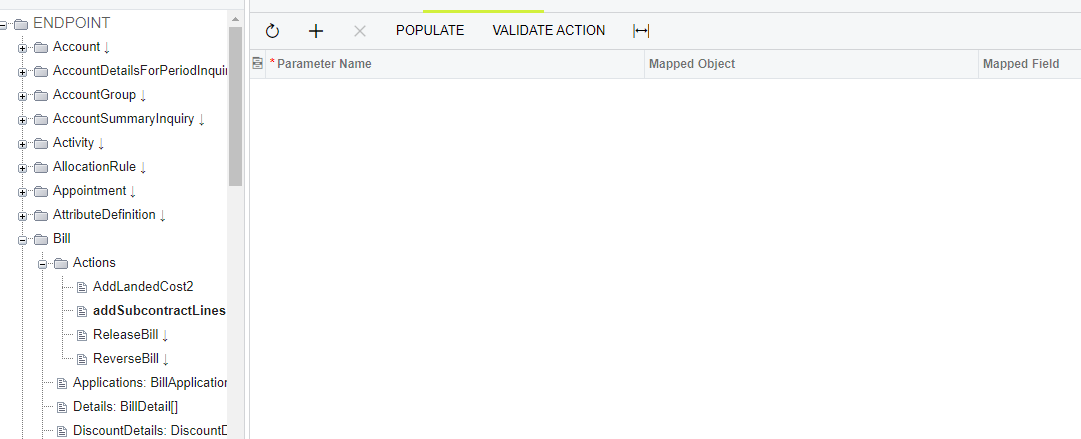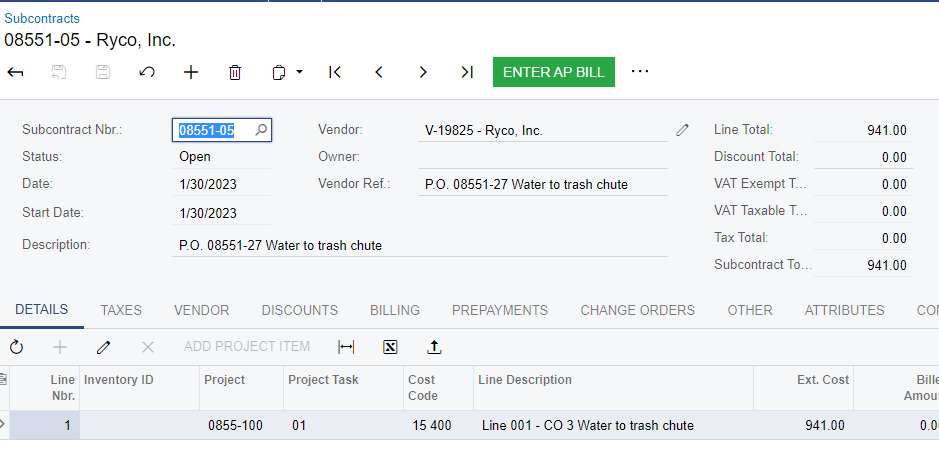Hi,
My application generates REST request which is used for creating Bills
This is my request for creating Bill
URL : https://mcicj.acumatica.com/entity/ARTSDocAlphaEndpoint/20.200.001/Bill
Body :
{
"VendorRef": {
"value": "1ABL-217i941"
},
"DueDate": {
"value": "3/2/2023"
},
"Vendor": {
"value": "V-06702"
},
"Date": {
"value": "1/31/2023"
},
"Terms": {
"value": "PWP"
},
"PostPeriod": {
"value": "01-2023"
},
"Details": [
{
"Description": {
"value": "Line 001 - Gypcrete"
},
"Qty": {
"value": 1
},
"UnitCost": {
"value": "34573.2"
},
"ExtendedCost": {
"value": "34573.2"
},
"Account": {
"value": "5430"
},
"SubcontractLine": {
"value": "1"
},
"SubcontractNbr": {
"value": "234567"
},
"rowNumber": {
"value": "1"
}
This request is fully workable.
Bill is successfully created, however these 2 fields are missed

I can add them only via “Enter AP Bill” button


How to do same via request ?
Is is possible to omit actions usage ?
If not, how to do it properly
Previously, I had experience with default actions for Bill that are depicted at screen

For using them it was enough to send such request

How to same with subcontracts ?


Client’s Acumatica already contains such actions for this entity

I assume that I need to use addSubContractLines action as I need to add these fields to Bill’s columns in Details

However this action does not contain any parameters

My question is : how to use action for adding these custom fields : SubcontractNbr and SubcontractLine to Bill and how to form such request ?
Thanks in Advance




























